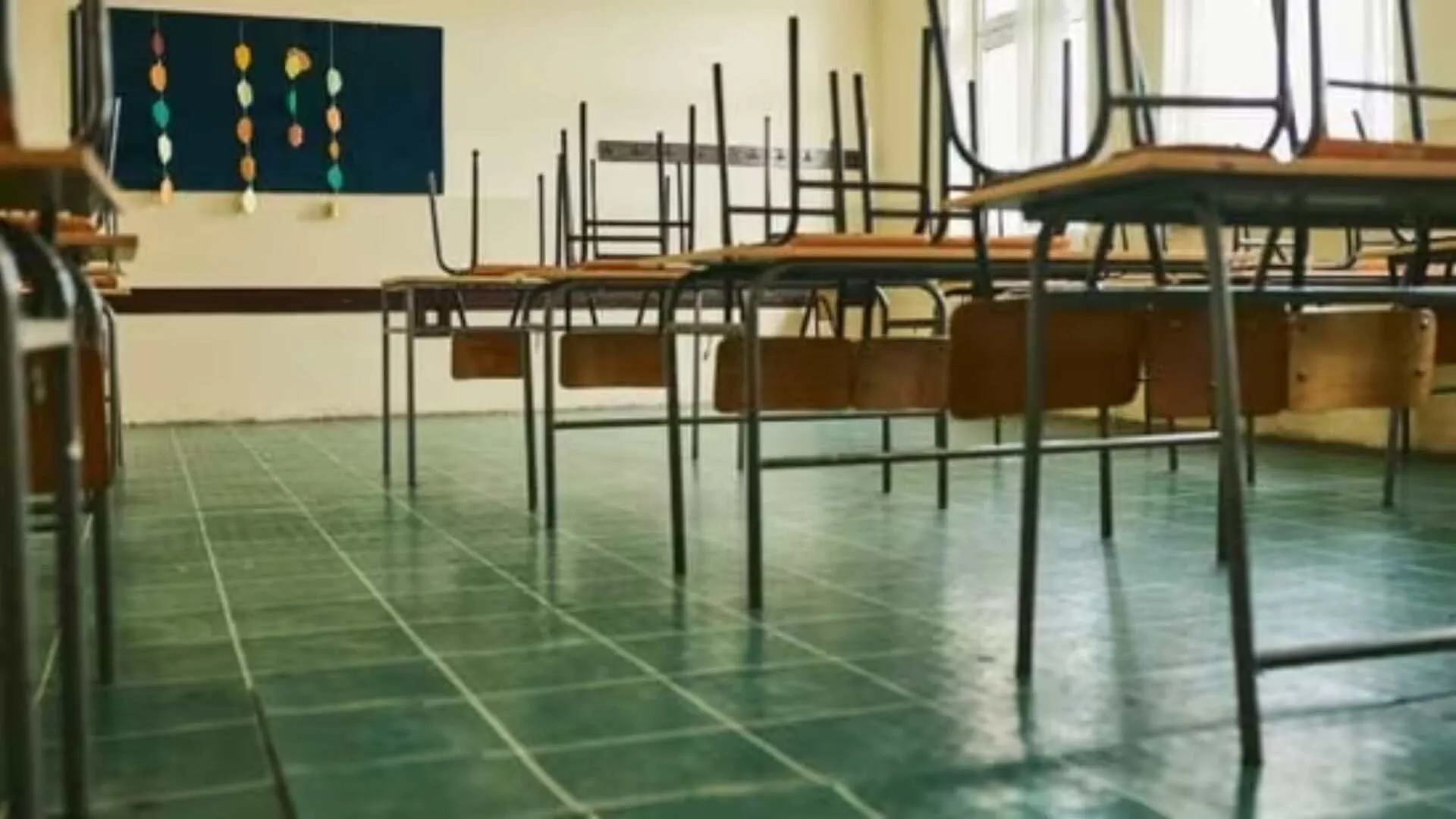Earthquakes are a natural phenomenon that can have devastating effects on cities and their inhabitants. The risk of an earthquake event is especially high in areas that lie along fault lines, such as the Himalayan region and the Andaman and Nicobar Islands. However, even cities that are not located in earthquake-prone areas can be affected by earthquake. In order to minimize the impact of earthquakes on cities and their inhabitants, it is important to take steps to build earthquake-resilient cities. Here are some strategies that can help:
Develop and enforce building codes that are earthquake-resistant
One of the most important steps in building earthquake-resilient cities is to develop and enforce building codes that are earthquake-resistant. This involves ensuring that buildings are designed and constructed to withstand the forces of an earthquake. This can include features such as flexible foundations, reinforced concrete walls, and seismic isolation systems. In India, the National Building Code (NBC 2016) is a comprehensive set of guidelines and regulations that provide standards for constructing buildings in a safe and sustainable manner. In addition to the NBC, there are other guidelines known as IS Codes that are prepared by the Bureau of Indian Standards (BIS) for building design. These codes include IS-456-2002, IS 13920: 2016, SP 16 – 1980, and IS 16700:2017, which provide detailed specifications for different aspects of building construction. IS 1893:2016 is one such code that is specifically used for designing earthquake-resistant structures.
Conduct earthquake risk assessments
Earthquake risk assessment is a crucial step in building earthquake-resilient cities. It involves identifying the areas that are at the highest risk of earthquake damage, such as those located near active fault lines or areas with buildings that are not structurally sound. This process typically involves the use of scientific methods and advanced technologies to gather and analyze data about the local geology, topography, and building structures. Once the areas that are at risk have been identified, city planners can develop strategies to minimize that risk. This may involve retrofitting buildings to make them more earthquake-resistant, relocating critical infrastructure away from active fault lines, or zoning laws to prevent new construction in high-risk areas.
Develop and practise emergency response plans
In addition to conducting earthquake risk assessments, it is essential to develop and practice emergency response plans to ensure that cities are prepared to deal with the aftermath of an earthquake. An emergency response plan is a coordinated set of procedures and protocols that aim to minimize harm and damage caused by an earthquake.
It involves identifying safe places to take shelter during an earthquake, identifying evacuation routes, and establishing communication systems for staying in touch with family, friends, and emergency responders during and after an earthquake event. Safe places to take shelter during an earthquake may include open spaces, such as parks, playgrounds, or fields, or sturdy buildings with earthquake-resistant features, such as reinforced concrete or steel frames. Evacuation routes may include designated paths away from high-risk areas, such as flood-prone or landslide-prone zones. It is essential to ensure that these routes are well-marked, accessible, and regularly maintained to prevent any obstacles that could impede evacuation efforts.
Educate and prepare residents for earthquake events
Building earthquake-resilient cities not only involves conducting risk assessments and developing emergency response plans but also educating and preparing residents for earthquake events. Educating the public on earthquakes is crucial to minimize the risk of injury and damage to property. An effective education program should provide information on how earthquakes occur, what to expect during an earthquake event, and how to prepare for an earthquake. The program can be delivered through a variety of channels, such as community meetings, workshops, public service announcements, or educational materials like brochures or websites. The program can also engage with schools, universities, and community organizations to reach a broader audience. By understanding the risks, residents can take steps to prepare themselves and their homes for an earthquake event.
Chanchal Jain is a senior architect working at Design Forum International, Delhi, as Assistant Director with around 20 years’ experience.























